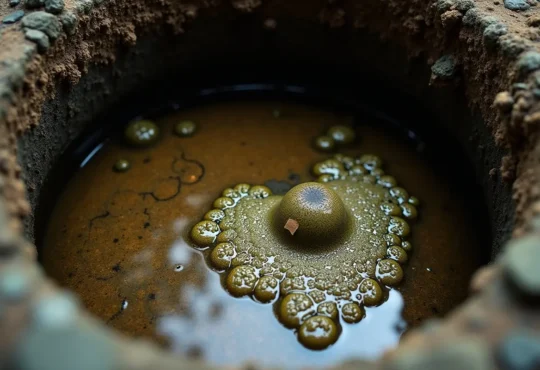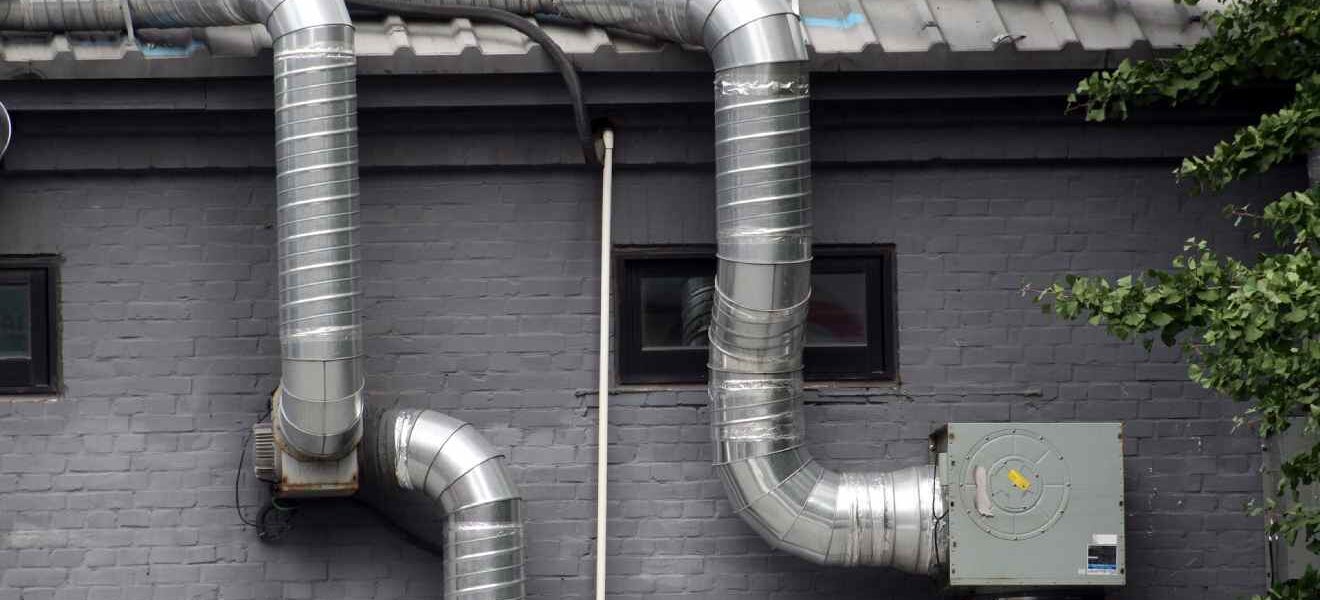
What is a Plumbing Vent?
Homeowners often overlook crucial aspects of our home’s infrastructure that maintain functionality and safety. Among these unsung heroes is the plumbing vent. What is it and why it holds an indispensable place in your home’s plumbing system?
Contents
The Basics
Defining a Plumbing Vent
A plumbing vent, or vent stack functions to regulate air pressure by expelling gases, maintaining proper pressure, and allowing fresh air in. This vertical drain line connects to the main roof vent, extending through the roof to fulfill its roles.
Role of Plumbing Vents
The plumbing vent plays a dual role in your plumbing system. Firstly, it allows fresh air into the drainage system to prevent air pressure vacuums. Secondly, it enables sewer gases to escape from the drainage system, thus ensuring the safety and sanitation of your home.
The Need for Plumbing Vents
Ensuring Efficient Drainage
A plumbing system is designed to efficiently transport waste and water out of a home. To achieve this, the drainage and vent systems must work harmoniously. The drainage pipes carry waste to the city sewer or septic tank. While the vent pipes ensure fresh air gets into the drainage pipes, enabling water to move freely when in use.
If these systems are out of balance, they work against each other, causing various plumbing issues that can be costly to repair if ignored.
Preventing Build-up of Pressure
Without a plumbing vent, pressure within your drainage pipes can build up, leading to issues such as gurgling sounds in your pipes and drains, low water flow from faucets, standing water in the sink, slow drainage of water, and unpleasant odors.
Common Issues with Plumbing Vent Pipes
Signs of Clogging
A clogged plumbing vent can mimic a clogged drain, causing slow drainage. If no air can enter the top of the pipe, atmospheric pressure builds up and slows or stops drainage. Additionally, a foul odor from your sink drains is a sign of a vent issue.
If sewer gases cannot escape through a vent, they build positive pressure and push through trap seals.
Damage and Leaks in Vent Pipes
Even small leaks from cracks or corrosion can cause your vent pipes and plumbing system to fail. This allows smells to enter your home and can also cause gurgling and slow drainage. Regular inspection and maintenance can help detect and correct such issues early on.
Types of Plumbing Vents
Vent Stack
Vent stacks or direct vents are the vents that go through your roof. Depending on the size and design of your home, you might have several of these vents on your roof.
Wet Vent
A wet vent serves both as a drain and a vent in one pipe. They are commonly used in closely situated drains, such as a toilet and sink.
Air Admittance Valve
An air admittance valve, or auto-vent, is a small vent that usually connects to a sink’s drain pipe. It lets air into the drain pipe, helping maintain the pressure balance when draining.
Plumbing Vent Code Compliance
Venting Every Trap and Fixture
It’s a requirement in most areas that every trap and trapped fixture should be vented. This is crucial in preventing sewer gases from entering the home.
Exclusive Use for Plumbing Vent System
The plumbing vent system should not be used for purposes other than venting the plumbing system. For instance, an HVAC contractor is not allowed to drain an air conditioning condensate drain into a plumbing vent.
Requirement of Main Roof Vent
Although nothing prohibits the use of a wet vent, loop vent, or air admittance valve, the home’s plumbing system must have at least one open-air vent.
Detecting Problems
Gurgling Toilets and Drains
A gurgling sound coming from your toilet or drains after flushing could be a sign that your plumbing vent is clogged. When it’s clogged, air can’t escape your plumbing system correctly, resulting in the gurgling noise as the air rushes out.
Strong Sewage Smells
Strong odors from your drains are another sign your plumbing vents might be clogged. The smell is usually caused by toxic sewer gases like methane, ammonia, and hydrogen sulfide. When a blockage occurs, sewer gases can’t escape and may re-enter your home through the drains.
Slow Moving Drains
While a slow-moving drain can stem from several issues, one pertains to a clogged plumbing vent. If it’s clogged, it can’t properly regulate the air pressure in your plumbing system, which keeps things flowing smoothly.
Plumbing Stack Replacement and Repair
When Is Replacement Necessary?
Damaged, clogged, or ignored sewer stacks can cause severe property damage and significant health risks if not taken care of immediately by a professional. Your sewer stack is typically a maintenance-free component of your property.
When something goes wrong, a disruption in your plumbing system will ensue, and you’ll notice right away because of the horrible smell.
Professional Help for Plumbing Vent Issues
Professional plumbing services can help you locate any loose fittings, damage or cracks in your vent piping. They can also provide services for vent stack installation, plumbing stack replacement, and vent stack repair. Always use professional plumbing services that understand the plumbing codes, rules, and restrictions for your area.
Knowing the role and function of a plumbing vent is crucial for a safe and efficient home plumbing system. Regular checks and professional care can prevent odors, slow drains, and hazardous overflows. Awareness of this essential plumbing component can prevent costly repairs and promote a healthy, comfortable living environment.

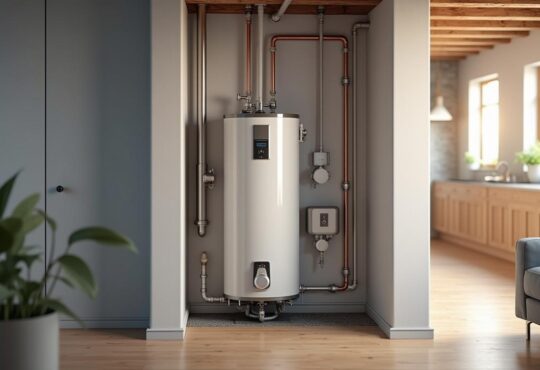
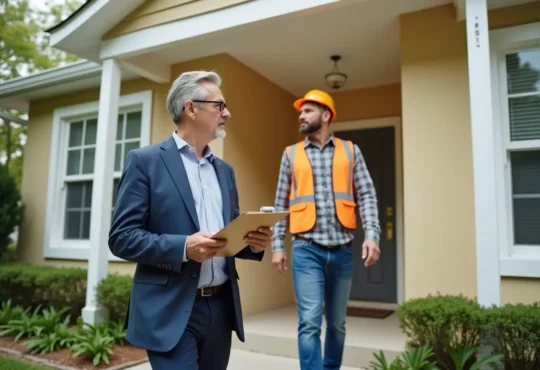
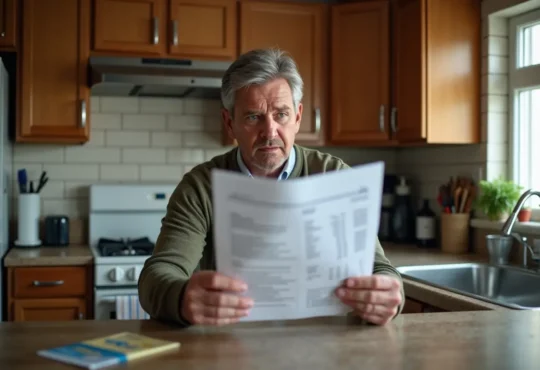
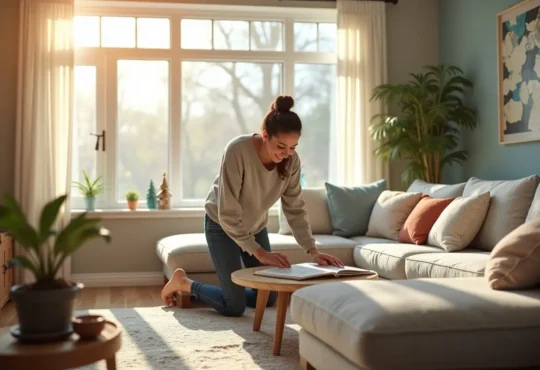
 Hi I'm Joe.
Hi I'm Joe. 